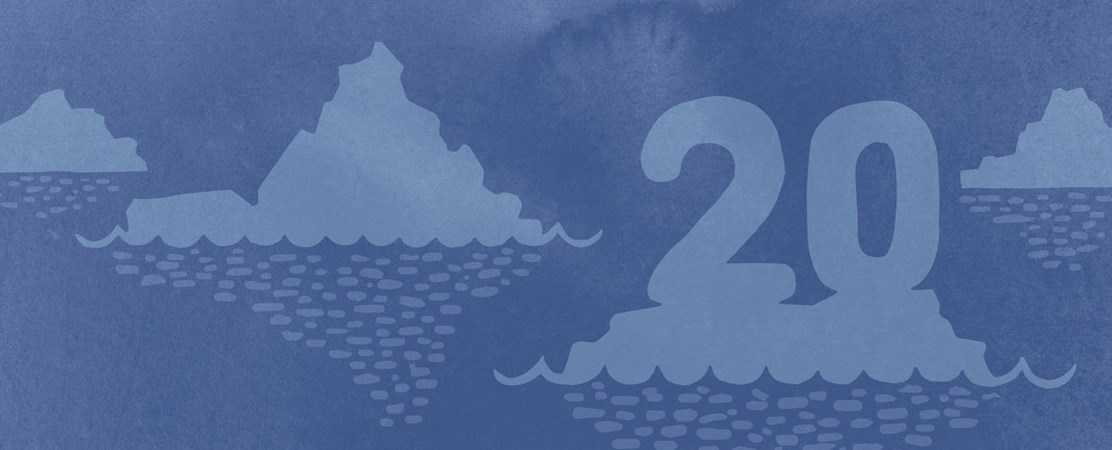Reflections on the University of the Arctic at Twenty

By Oran R. Young, Professor Emeritus, University of California, Santa Barbara
Like other institutions of higher learning, UArctic is dedicated to the production, preservation and transmission of knowledge. But whereas other universities are organized as collections of departments reflecting the concerns of established disciplines, UArctic’s structure features Thematic Networks addressing cross-cutting topics like health and wellbeing, local and regional development, and food security.
The product of necessity as much as design, this structure has proven beneficial in practical terms. It bypasses the problem of dealing with organizational silos, which has hampered the efforts of mainstream universities to make their work relevant to the pursuit of sustainability in the Anthropocene.
Those of us who led the effort to create UArctic in the 1990s focused on the challenge of delivering education and conducting research for the North and in the North, and for good reasons. The small, widely dispersed human communities located in the Arctic often made it necessary for students to go south in search of education, and encouraged the development of research programs dominated by southerners. Understandable as it may have been, this situation had severe drawbacks. UArctic set out to address this concern by creating a university without walls and developing programmatic initiatives featuring alliances between Arctic institutions of higher learning, student mobility opportunities, and collaborative research networks. While there is still more to be done, UArctic certainly has made a difference in these terms.
More recently, UArctic has responded to the rapid growth of interest in the Arctic on the part of individuals and organizations located outside the Circumpolar North. Today, the membership of UArctic includes organizations based in France, Germany and the UK as well as in China, Japan and Korea. This represents a natural adaptation to changing times. If the 1990s was a period of identifying and responding to the particular needs of the Arctic, the current decade is a time of developing constructive relationships between the Arctic as a distinctive region and the outside world.
Without a doubt, UArctic is flourishing; it has identified a niche in the world of higher learning and demonstrated adaptability in developing programmatic initiatives to fill this niche. The challenge going forward will be to maintain a proper balance between the continuing need to engage in education and research in the North and for the North, and the growing importance of navigating relations between the Arctic and the rest of the world. Meeting this challenge will not be easy, but it offers an unparalleled opportunity to contribute to the future of the Arctic as a zone of peace and prosperity.
